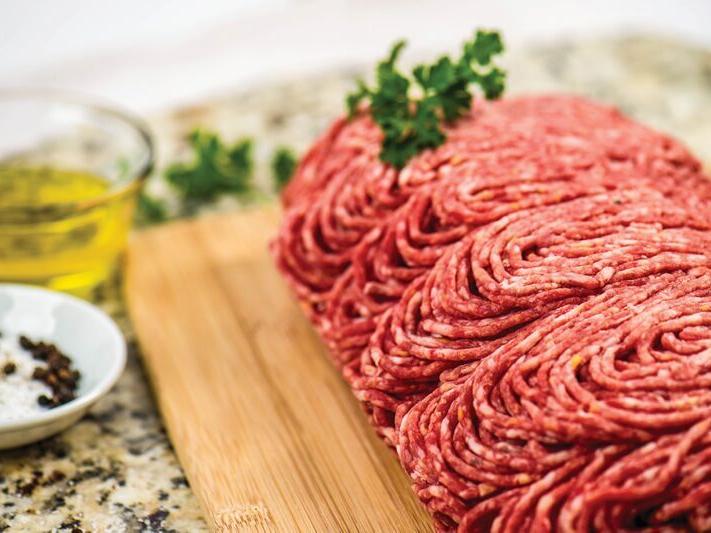
The analysts believes that beef supply chain emissions can be reduced by more than 30% by 2030 in the leading producing countries.
Beef supply chains account for about 6% of global greenhouse gas (GHG) emissions, of which about half are accounted for by the beef production stage of the supply chain.
“New and emerging technologies and management practices – covering feed production, cattle breeding, cattle feeding, and soil and pasture management – all offer significant opportunities to reduce emissions.
“But that is not the only resource, global beef supply chain emissions can also be reduced significantly by transferring best practices from the most efficient beef supply chains to less efficient ones.”
Business pledges ‘likely more effective’ than government intervention
The main driver will be the market, not regulation, said the authors.
Food and agribusiness company commitments to lower the supply chain GHG emissions of beef and other animal proteins are on the rise. “We believe that in most regions, these initiatives are likely to be more effective drivers of action to lower GHG emissions in beef supply chains than government regulations,” said Eva Gocsik, analyst, animal protein, Rabobank.
The voluntary goals set by F&A companies offer greater flexibility and clearer recognition for reducing emissions, and systems are being established to increase the credibility of these actions. In contrast, regulatory approaches often encounter measurement and reporting problems. “To remain the driving force, market-based approaches will need to demonstrate progress, otherwise, they will be replaced by regulation,” she stressed.
Rabobank sees scope to reduce GHG emissions by more than 30% by 2030 in Europe, North America, Brazil, Argentina, and Oceania. This would amount to a reduction of beef supply chain emissions by at least 0.6gt CO2 equivalent (CO2-eq) by 2030. The highest reductions are expected in the upstream feed production and cattle production stages of the chain.
“If action can be accelerated through technology developments or clearer incentives, we believe emissions could be reduced by about 40% by 2030 in these major markets. We think that actions to reduce emissions in major markets will also have spillover benefits in other beef markets, leading to reductions of about 5%.”
Leadership at food and agribusiness companies active in beef supply chains has the ability to unlock latent opportunities, said the Rabobank team. To do so, those firms need to set ambitious goals to reduce emissions, promote innovation, and enable supply chain partners to work together to achieve their goals.
“There is also a need for explicit recognition and reward for emissions reduction. This should not be seen solely in terms of higher prices – other benefits of reducing emissions will include productivity gains, improved risk management, access to new markets, and enhanced brand and reputation,” said Gocsik.
The Link LonkJune 25, 2021 at 08:06PM
https://ift.tt/35PTpAJ
Rabobank: Beef supply chain emissions can be cut by over 30% by 2030 in major markets - FeedNavigator.com
https://ift.tt/2RxTDX4
Beef

No comments:
Post a Comment